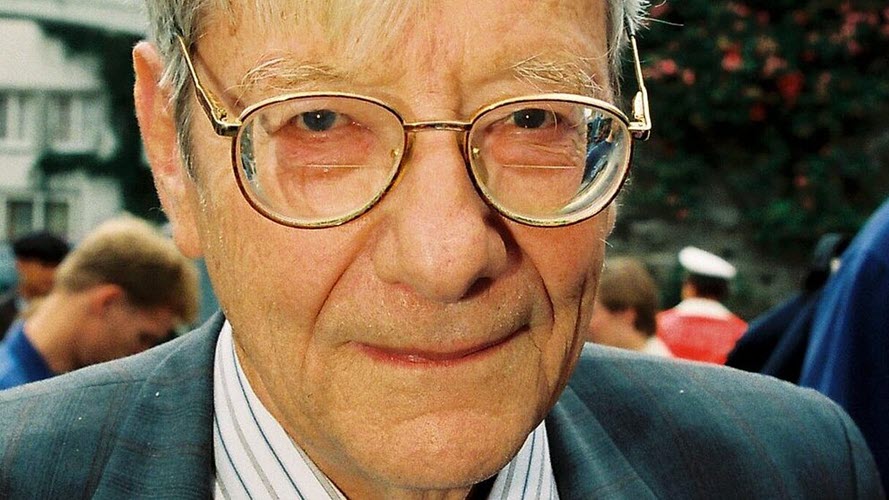Nicolaas Bloembergen: Pioneer of Laser Spectroscopy

Nicolaas Bloembergen (11 March 1920 – 5 September 2017) was a Dutch American physicist who made significant contributions to the field of nonlinear optics and spectroscopy. He received the Nobel Prize in Physics in 1981.
Life and Career
He was born on 11 March 1920, in Dordrecht, Netherlands. He studied physics at the University of Utrecht in 1938. He thrived under Professor L.S. Ornstein, who recognized the youngster’s potential and gave him plenty of opportunities to learn.
As World War II raged on, his idyllic student years were threatened by the increasingly chaotic political climate in Europe. During the occupation of the Netherlands in 1941, Ornstein was kicked out of the university. After the Nazis closed the university in 1943, Bloembergen managed to get a degree from Phil Drs, which was equivalent to an MSc.
In 1945, Bloembergen left the Netherlands to study at Harvard University under Professor Edward Mills Purcell. He studied nuclear spin relaxation mechanisms using conduction electrons in metals and paramagnetic impurities in ionic crystals there. In 1948, he returned to the Netherlands to receive his Ph.D. from the University of Leiden with his thesis on nuclear magnetic relaxation.
Bloembergen joined the Harvard Society of Fellows in 1949 as a junior fellow. He became an Associate Professor in 1951. He became Gordon McKay’s Professor of Applied Physics in 1957. Between 1974 and 1980, he was the Rumford Professor of Physics and the Gerhard Gade University Professor. In 1990, he retired from Harvard. In 2001, he started teaching at the University of Arizona, where he studied collision-induced optical coherences and interactions of picosecond and femtosecond laser pulses with condensed matter. He died on 5 September 2017, in Tucson, Arizona, U.S.
Major work
Bloembergen’s early work focused on nuclear magnetic resonance (NMR); a technique used to study the behavior of atomic nuclei in magnetic fields. He demonstrated the possibility of observing the nuclear magnetic resonance of liquids and solids, which laid the foundation for the development of magnetic resonance imaging (MRI) technology.
In the 1960s, Bloembergen turned his attention to nonlinear optics, the study of the interaction of intense laser light with matter. He developed theoretical models to describe the behavior of nonlinear optical materials and helped to develop new experimental techniques to study them. His work led to the development of lasers with more precise control over their wavelengths, which are now used in a variety of applications, including in telecommunications, medicine, and materials science.
Award and Legacy
He received the Nobel Prize in Physics in 1981, which he shared with Arthur Schawlow and Kai Siegbahn “for their contribution to the development of laser spectroscopy”.
Read More: Nicolaas Bloembergen Quotes
Observer Voice is the one stop site for National, International news, Sports, Editor’s Choice, Art/culture contents, Quotes and much more. We also cover historical contents. Historical contents includes World History, Indian History, and what happened today. The website also covers Entertainment across the India and World.
Follow Us on Twitter, Instagram, Facebook, & LinkedIn

